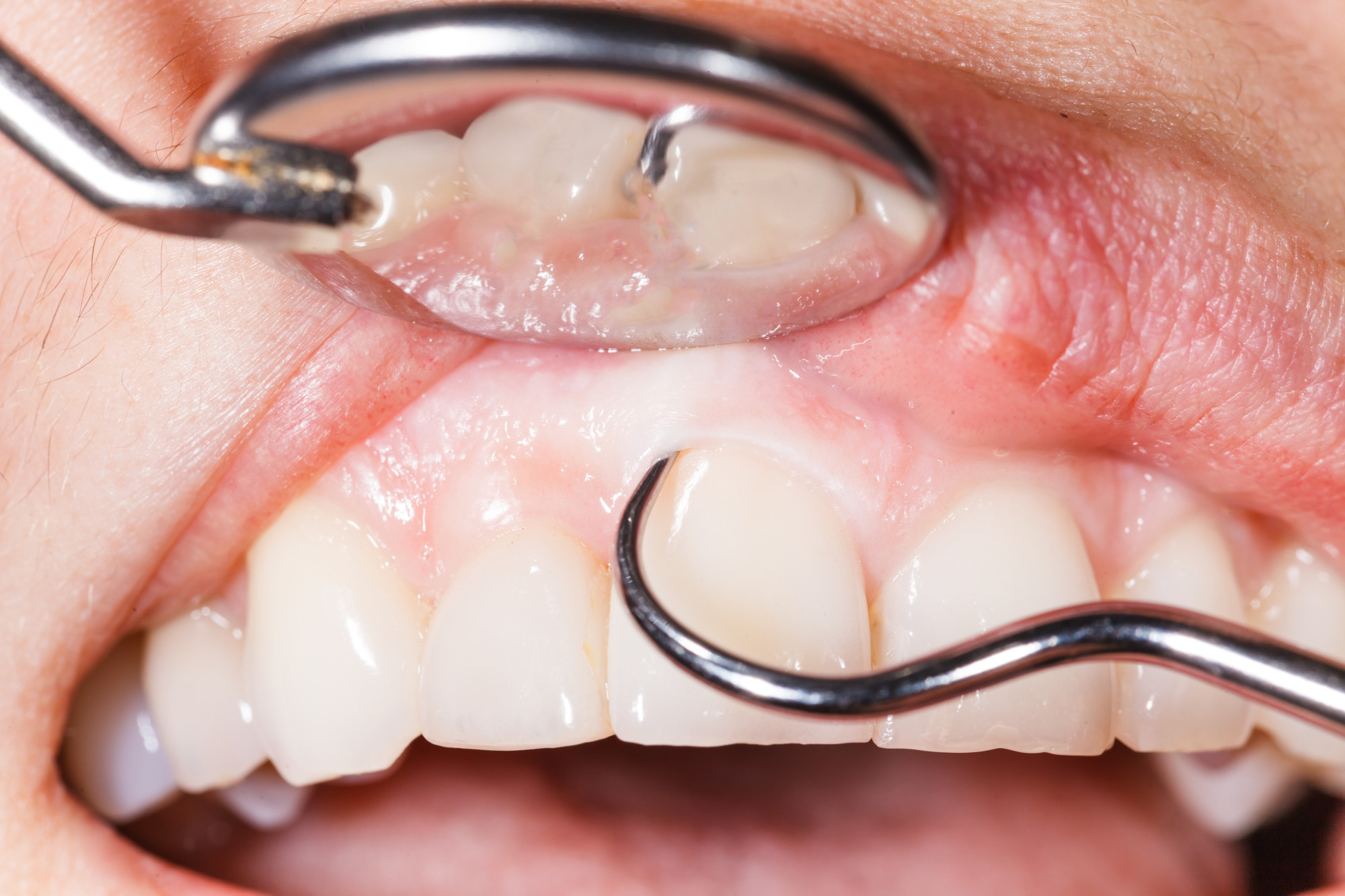A Guide to the Different Types of Gum Treatments

Did you know that gum disease can lead to many major health problems?
If you have been feeling unwell and have weird sensations in your teeth, you might have some kind of infection in your gums. Several symptoms include a bad taste in your mouth, bad breath, tenderness when chewing, and persistent aches in certain parts of your body.
Fortunately, the infection can be treated with the right gum treatment.
Don’t worry, we’ve got you covered. Here is everything you need to know about gum treatments and the different types available for your teeth.
Table of Contents
Scaling and Root Planing
This treatment involves removing plaque and tartar build-up from the surface of the tooth and below the gum line. The goal of this procedure is to remove and prevent new pockets of infection from forming along the gum line. After the scaling and root planing are complete, the patient will most likely need added treatments to keep the periodontal disease in check.
Periodontal Pocket Reduction Surgery
This is done by reducing the pockets of spaces between teeth and gums caused by thinning and inflamed tissue. During the treatment, a periodontist reshapes the gums and bone using a scalpel, laser, or another instrument.
This helps reduce the depth of the pockets, ensuring that bacteria and plaque can’t settle deep below the gum line and that the gums are attached to teeth. The benefits of this surgery include healthier gums, better oral hygiene, and less pain.
Osseous Surgery
This procedure can treat deep pockets between teeth and gums that are indicative of gum disease or remove any soft or hard deposits that can be hazardous to the surrounding teeth and gum tissue. This procedure is done using a scalpel and can be done under local or general anesthetic.
During osseous surgery, the dentist may also be able to check for issues like cavities or infections. After the surgery, patients must take certain precautions, like avoiding hard or crunchy foods and having regular follow-up visits. This is to ensure that the gumline treatments were effective.
Crown Lengthening
This procedure reveals more of the underlying tooth structure to make a more pleasing smile. During the procedure, the dentist will numb the area being worked on and then use a unique device to remove the excess gum tissue gently.
Afterward, the area may be sutured, and the patient may need to wear a protective appliance to prevent food and debris from entering the exposed tooth area. By reshaping the gum line, a cosmetic dentist can create a more attractive and symmetrical smile.
Follow This Guide to Choosing the Best Gum Treatments
Gum treatments are an important part of maintaining oral health. With the wide variety of treatments available, it is important to speak with your dental professional to decide which one best fits your needs. Take charge of your oral health today and be sure to make the right decision for you.
If you’re currently looking for a reliable dental expert, check out this dentist in Oxnard to start your journey to healthier teeth and gums.
Do you want to find more helpful info? Check out more of our guides on our blog today!






